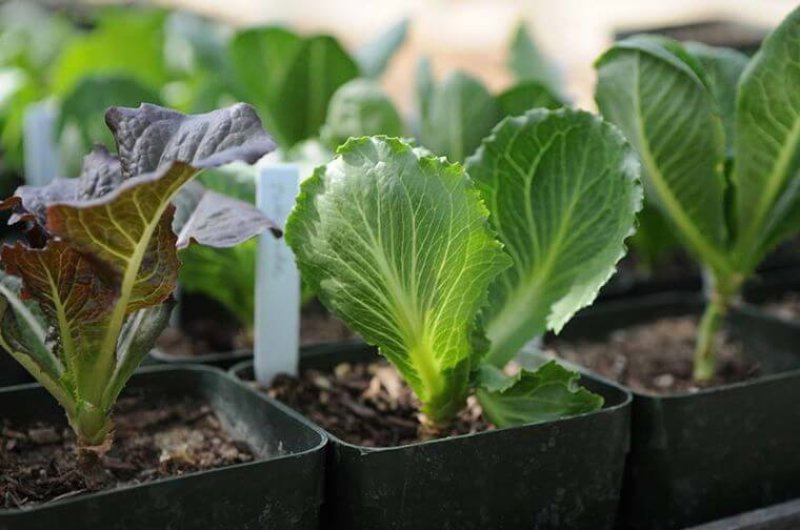Fred Gould, an entomologist at North Carolina State University, used Lenape potatoes as an example of risk and uncertainty. Often, people frame genetically modified plants as this huge open question — a giant uncertainty, of the sort we’ve never dealt with before. There’s this idea that GM plants are uniquely at risk of producing unexpected side effects, and that we have no way of knowing what those effects would be until average consumers start getting sick, Gould told me. But neither of those things is really true. Conventional breeding, the simple act of crossing one existing plant with another, can produce all sorts of unexpected and dangerous results. One of the reasons Lenape potatoes are so infamous, I later found out, is that they played a big role in shaping how the USDA treats and tests new varieties of conventionally bred food plants today.
In fact, from Gould’s perspective, there’s actually a lot more risk and uncertainty with conventional breeding, than there is with genetic modification. That’s because, with GM, you’re mucking about with a single gene. There are a lot more genes in play with conventional breeding, and a lot more ways that surprising genetic interactions could come back to haunt you. “You try breeding potatoes for pest resistance, but you’re bringing in a whole chromosome from a wild potato,” he said. “We’ve found interactions between the wild genomes and the cultivated genomes that actually led to potentially poisonous chemicals in the potato.”
Gould’s point isn’t that genetic modification is always better than conventional breeding. It’s not. Instead, they’re both tools — imperfect technologies that could produce unintended side effects. Which one you choose to use depends on what you’re trying to do. But, either way, you can’t say that one is scary and one is safe.
Read the full original article: The case of the poison potato































